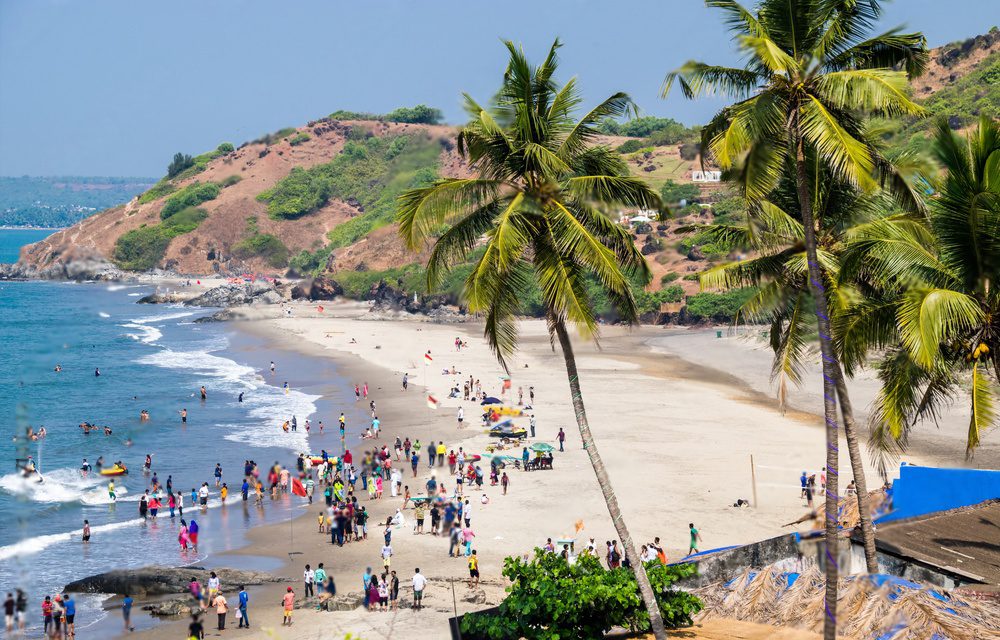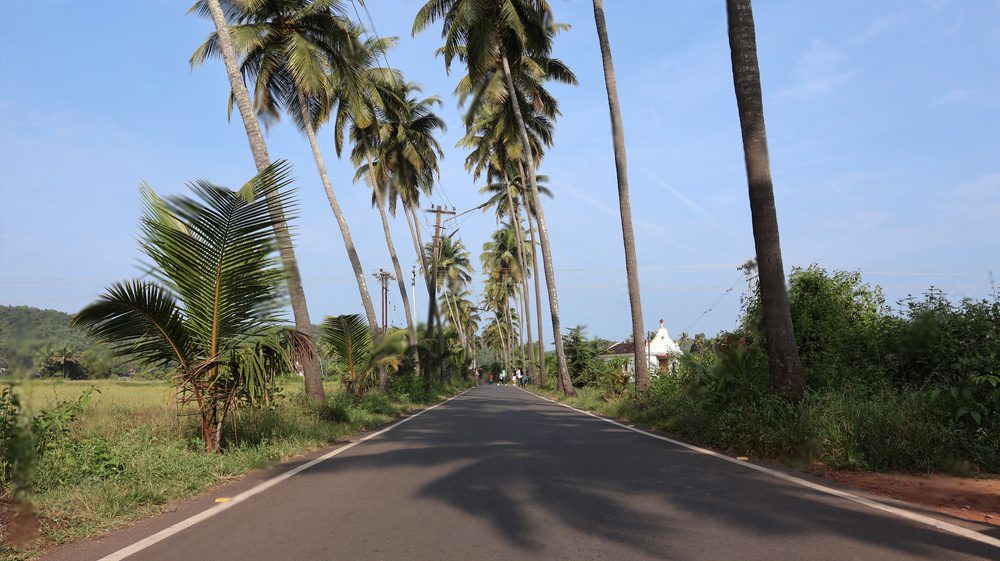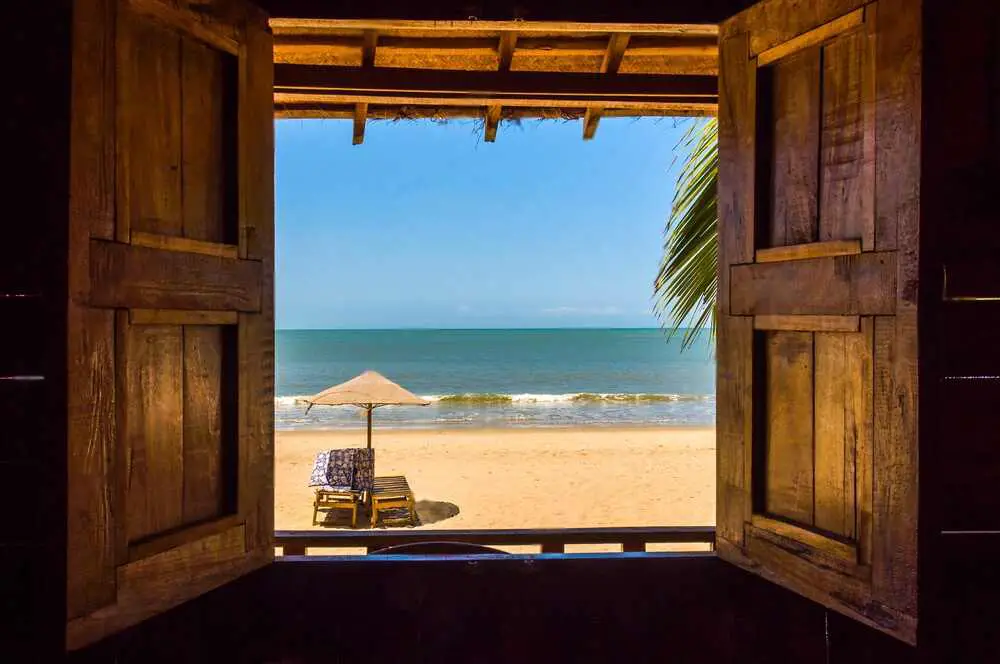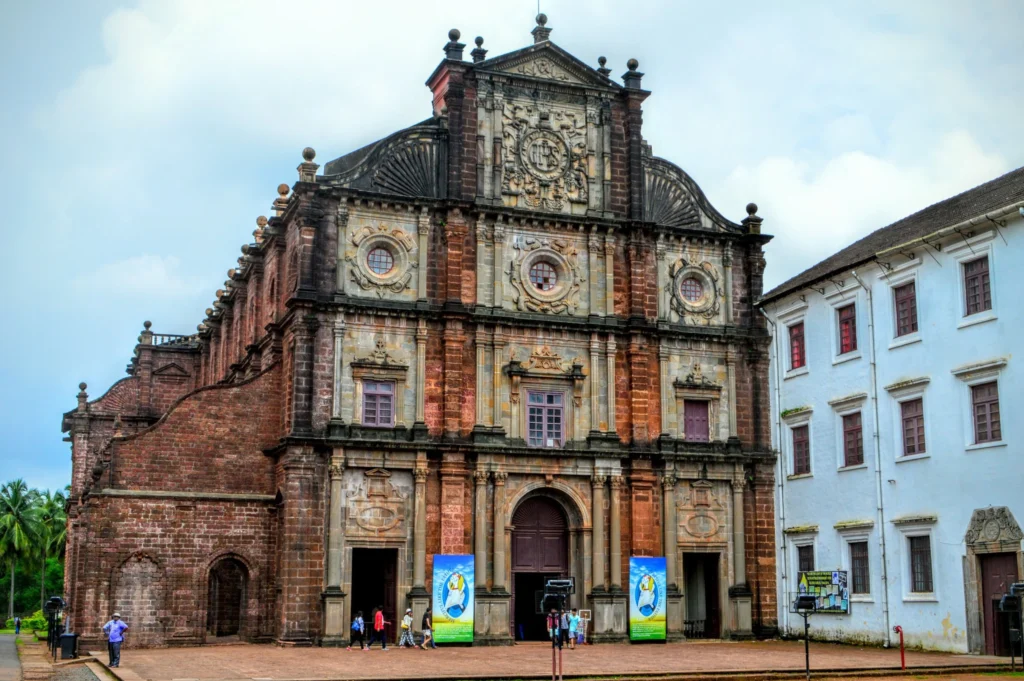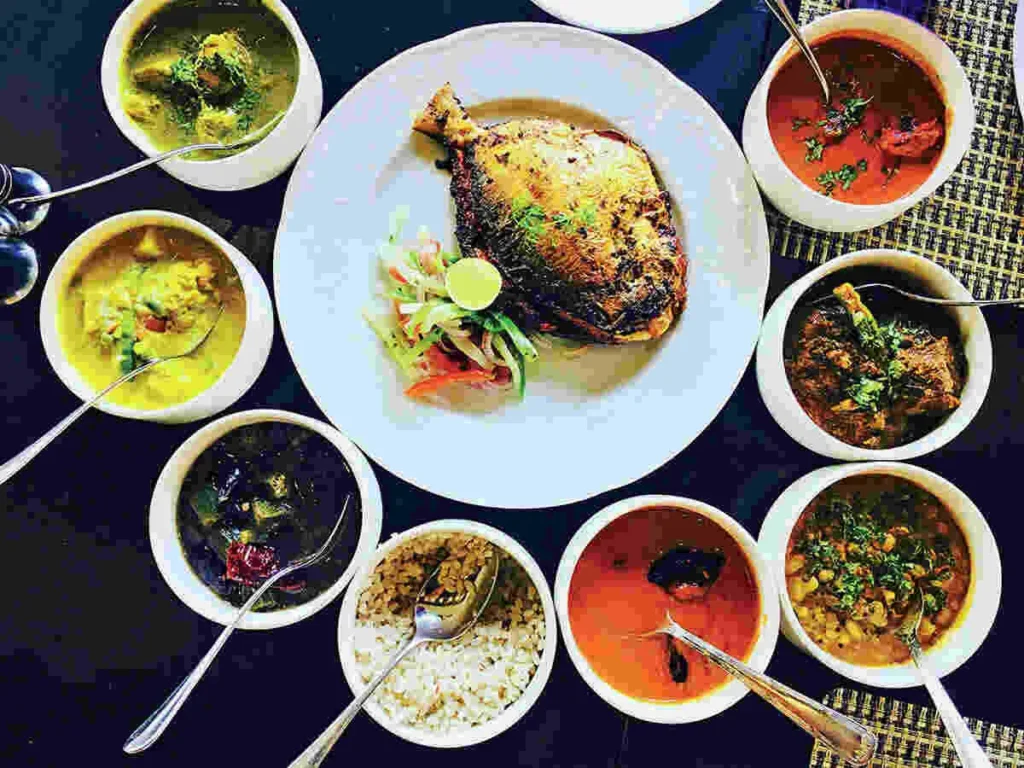In the historic city of Patan, Gujarat, lies a remarkable monument that embodies the artistic brilliance and engineering skill of ancient India: Rani ki Vav Stepwell. This UNESCO World Heritage Site transcends mere function, showcasing a unique blend of artistry and practicality.Stepwells, known as “vavs” in Gujarati, were more than just sources of water in medieval India.
How to reach:
Air: The closest airport is Ahmedabad’s Sardar Vallabhbhai Patel International Airport, roughly 125 kilometers away. Taxis and buses connect Ahmedabad to Patan.
Train: Patan boasts good railway connectivity with frequent trains from Ahmedabad and other major Gujarati cities. The Patan Railway Station sits about 4 kilometers from Rani ki Vav. Rickshaws or taxis are readily available for the final leg of your journey.
Road: Patan enjoys excellent road access. State transport buses, private taxis, or your own vehicle are all viable options. The roads are generally well-maintained, ensuring a comfortable trip.
Local Transport: Once in Patan, auto-rickshaws and taxis are easily found to take you to Rani ki Vav. Situated within the town itself, the stepwell is conveniently accessible.
Best time to visit:
Pleasant Winters (October to March): October through March offers the prime window to explore Rani ki Vav. Comfortable temperatures, ranging from 15°C to 30°C (59°F to 86°F), make sightseeing a breeze. The cool weather allows for a detailed appreciation of the stepwell’s intricate carvings and architectural design. Winter also coincides with vibrant cultural festivals across Gujarat, providing a chance to experience local traditions alongside the historical significance of Rani ki Vav.
Spring’s Delights (February to March): Spring presents a charming interlude between winter and summer at Rani ki Vav. Temperatures remain comfortable, making it another favorable time for exploration. A particular perk of visiting during spring is the opportunity to witness the flourishing of seasonal flowers in the surrounding gardens, adding a layer of natural beauty to the historical site.
Monsoon Season (July to September): The monsoon season paints Rani ki Vav and its surroundings a lush green due to the characteristic heavy rainfall. While the landscape acquires a vibrant charm, navigating Rani ki Vav can be more challenging due to potentially slippery steps and reduced visibility caused by rain. It’s advisable for travelers to exercise caution and check local weather forecasts before planning a visit during this period.
Attractions:
Architectural Grandeur:
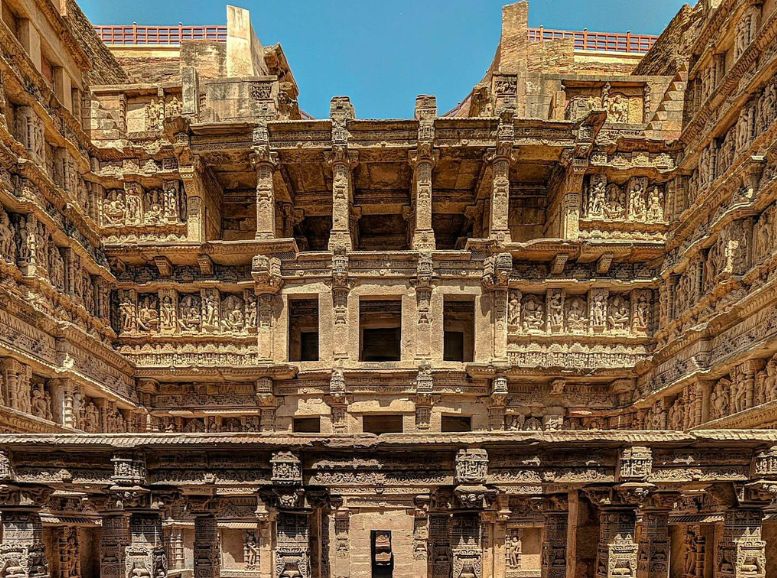

Descending like a meticulously carved stage, Rani ki Vav Stepwell in Gujarat stuns visitors with its architectural grandeur. A testament to the Solanki dynasty’s artistry, each level of this seven-story marvel is adorned with ornate pillars, elaborate sculptures, and captivating narratives etched in stone, whispering tales of Hindu mythology. Beyond its visual splendor, Rani ki Vav embodies the remarkable engineering feats of ancient India. The symmetrical layout and precise geometric patterns showcase the deep understanding of architectural and water management principles possessed by medieval builders, ensuring both functionality and enduring beauty.
Rani ki Vav, Pillared Pavilions:
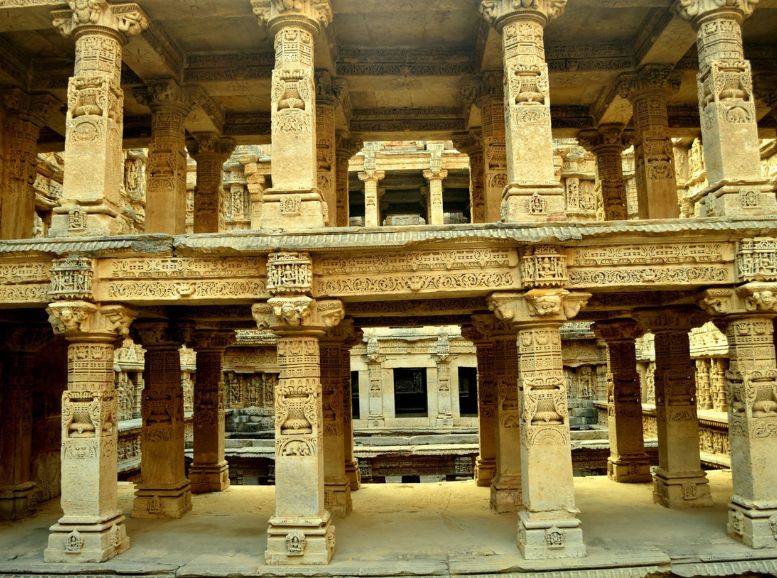

Descending Rani ki Vav, you’ll encounter exquisite pillared pavilions, known as ‘mandapas,’ sprinkled throughout the levels. These weren’t mere adornments, but vibrant social centers within the stepwell’s cool depths. Imagine them buzzing with life – people seeking refuge from the sun, sharing stories, or simply enjoying a community space. The serenity of these mandapas must have offered a welcome respite from the city’s bustle above. Each pavilion boasts its own unique character. Intricate carvings grace their columns, while ceilings captivate with geometric designs. Occasionally, you might even find sculptures of deities or mythical creatures, adding to the rich tapestry. Far more than architectural embellishments, the mandapas are windows into the social and cultural fabric of medieval India.
Light and Sound Show:


Rani ki Vav’s magic extends beyond daylight. For history buffs and architecture lovers, a captivating sound and light show ignites the stepwell after dark. This isn’t your typical slideshow. Imagine the intricate carvings bathed in colorful light, each detail emphasized and brought to life. Music and narration weave a spell, transporting you back in time to reveal the stories whispered by the stones. You’ll learn about the stepwell’s construction, its original purpose, and the vibrant cultural life it once hosted. It’s more than entertainment; it’s a time machine, deepening your understanding of Rani ki Vav’s role in Gujarat’s history and leaving a lasting impression.
Local Experiences:
- Heritage Walk in Old Ahmedabad:
- Explore narrow, winding streets lined with historic havelis (mansions) and bustling markets.
- Admire iconic landmarks showcasing the city’s unique blend of Indo-Islamic architecture, like the Sidi Saiyyed Mosque and Jama Masjid.
- Sabarmati Ashram:
- Learn about Mahatma Gandhi’s life and legacy, the father of Indian independence.
- Explore the museum’s collection of Gandhi’s writings, photographs, and artifacts.
- Soak in the serene atmosphere on the banks of the Sabarmati River.
- Adalaj Stepwell:
- Descend into this 15th-century architectural marvel.
- Marvel at the beautifully carved pillars, ornate archways, and elaborate motifs.
- Understand the historical significance of stepwells – not just water sources but also resting spots for travelers.
- Kite Museum:
- Discover the history and artistry of kite flying, a cherished tradition in Gujarat.
- View a diverse collection of kites from India and around the world.
- Learn about the cultural significance of the Uttarayan kite festival.
- Manek Chowk:
- Experience this bustling market that transforms into a vibrant food court at night.
- Savor local specialties like pav bhaji, dosa, and kulfi.
- Immerse yourself in the lively atmosphere and diverse flavors of Ahmedabad’s street food scene.
Travel tips:
Time Your Visit: Before you set off, check the opening hours of Rani ki Vav. Also, be aware of any special events or maintenance schedules that might impact your visit. Opting for early mornings or late afternoons can help you avoid crowds and enjoy a more tranquil experience.
Comfortable Footwear is Key: Exploring Rani ki Vav involves navigating multiple levels with steps and exploring various pavilions. Sturdy shoes with good grip are essential for safe exploration on uneven surfaces.
Stay Cool and Hydrated: Gujarat’s weather can be quite warm, especially during summer months. Be sure to carry a water bottle and stay hydrated throughout your visit. Sunscreen, a hat, and possibly an umbrella for shade are also recommended, particularly during peak sunlight hours.
Respect the Legacy: As a UNESCO World Heritage Site, Rani ki Vav holds immense cultural significance. Please show respect by refraining from touching or climbing on the sculptures and carvings. Adhere to any posted guidelines, and help preserve the cleanliness of the surroundings.
Conclusion:
In Gujarat’s Patan, Rani ki Vav Stepwell transcends history as a UNESCO World Heritage Site. This architectural marvel isn’t just a monument, it’s a tapestry woven from India’s rich cultural heritage and engineering brilliance. Intricate carvings whisper mythological tales, sculptural panels come alive, and ingenious water conservation systems hint at the past. Whether you’re an architecture enthusiast, a history buff, or simply seeking serenity, Rani ki Vav promises an unforgettable experience. Plan your visit thoughtfully with xplro.com to navigate opening hours, special events, and avoid crowds. Remember, respect is key. Admire the site from afar and follow posted guidelines to ensure Rani ki Vav, a living testament to India’s enduring legacy, continues to captivate visitors with its stories etched in stone.
FAQs:
1. What is Rani ki Vav?
- Rani ki Vav is an ancient stepwell located in Patan, Gujarat, constructed during the 11th century AD by Queen Udayamati in memory of her husband, King Bhimdev I. It is renowned for its elaborate architecture, intricate sculptures, and historical significance.
2. Where is Rani ki Vav located?
- Rani ki Vav is situated in the town of Patan in northern Gujarat, India. It is approximately 130 kilometers northwest of Ahmedabad, the state’s largest city.
3. What is the significance of Rani ki Vav?
- Rani ki Vav is celebrated for its architectural grandeur, artistic sculptures, and advanced water management systems. It is a UNESCO World Heritage site, recognized for its cultural importance and historical value as a well-preserved example of Indian stepwell architecture.
4. What are the opening hours of Rani ki Vav?
- Rani ki Vav is typically open to visitors from 8:00 AM to 6:00 PM, seven days a week. However, it’s advisable to check locally or online for any changes in timings due to maintenance or special events.
5. How much is the entry fee for Rani ki Vav?
- As of the latest information, the entry fee for Rani ki Vav is ₹35 for Indian citizens and ₹550 for foreign tourists. Additional charges may apply for photography and videography.
6. Is there a dress code to visit Rani ki Vav?
- There is no specific dress code, but visitors are encouraged to dress modestly and comfortably, respecting the cultural significance of the site. Wear suitable attire for walking and climbing stairs.
7. Are guides available at Rani ki Vav?
- Yes, local guides are available at Rani ki Vav who offer informative tours in various languages. Hiring a guide can enhance your understanding of the site’s history, architecture, and cultural significance.
8. Is photography allowed inside Rani ki Vav?
- Yes, photography is permitted inside Rani ki Vav for personal use. However, flash photography and the use of tripods may be restricted. For commercial photography or filming, prior permission from the authorities is required.
9. What is the best time of year to visit Rani ki Vav?
- The best time to visit Rani ki Vav is during the winter months, from October to March, when the weather is pleasant and suitable for exploration. Spring (February to March) is also recommended due to blooming gardens and mild temperatures.
10. Can Rani ki Vav be visited during the monsoon season?
- While Rani ki Vav remains open during the monsoon season (July to September), visitors should be cautious due to slippery steps and varying water levels in the stepwell. It’s advisable to check local weather conditions before planning a visit.
11. What other attractions are there near Rani ki Vav?
- Nearby attractions include the Patan Patola Heritage Museum, renowned for its traditional silk textiles, and historical forts and temples in and around Patan town. These sites offer additional insights into Gujarat’s rich cultural heritage.
12. Is Rani ki Vav accessible for differently-abled visitors?
- Efforts have been made to make Rani ki Vav accessible, including ramps and pathways. However, the historic nature of the site may pose challenges for some visitors. It’s recommended to inquire about accessibility features beforehand if required.
